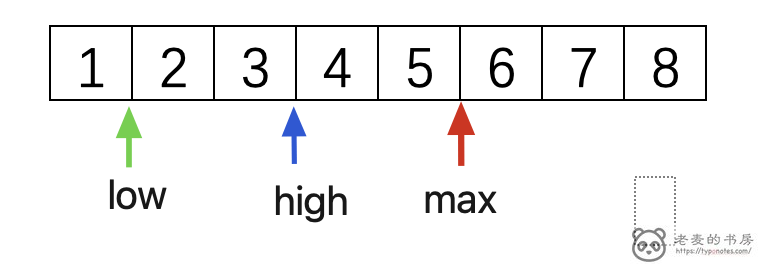太久没写, 都忘记了 golang slice 切片的完整表达式
太久没写, 都忘记了 golang slice 切片的完整表达式
原文链接: https://tangx.in/posts/2021/09/22/golang-slice-expressions/
通常,我们写的 golang slice 边界只有两个数字 slice[1:3] , 这是一种简单写法。 而完整写法是 三个数字 slice[1:3:5]
简单表达式
一个冒号, 两个参数, 表示 slice 元素的 起止区间
| |
案例代码如下
| |
完整表达式
golang 官方文档中 Slice expressions 有明确地道, 完整表达式是: 两个冒号, 三个数字, 分别表示 slice 的 起、止和最大值
| |
high-low为长度max-low为容量

案例代码
| |
上述代码可以到 golang play 试试: https://go.dev/play/p/F7e7sEVu6W8
- 原文链接:https://typonotes.com/posts/2021/09/22/golang-slice-expressions/
- 本文为原创文章,转载注明出处。
- 欢迎 扫码关注公众号
Go与云原生或 订阅网站 https://typonotes.com/ 。 - 第一时间看后续精彩文章。觉得好的话,请猛击文章右下角「在看」,感谢支持。


